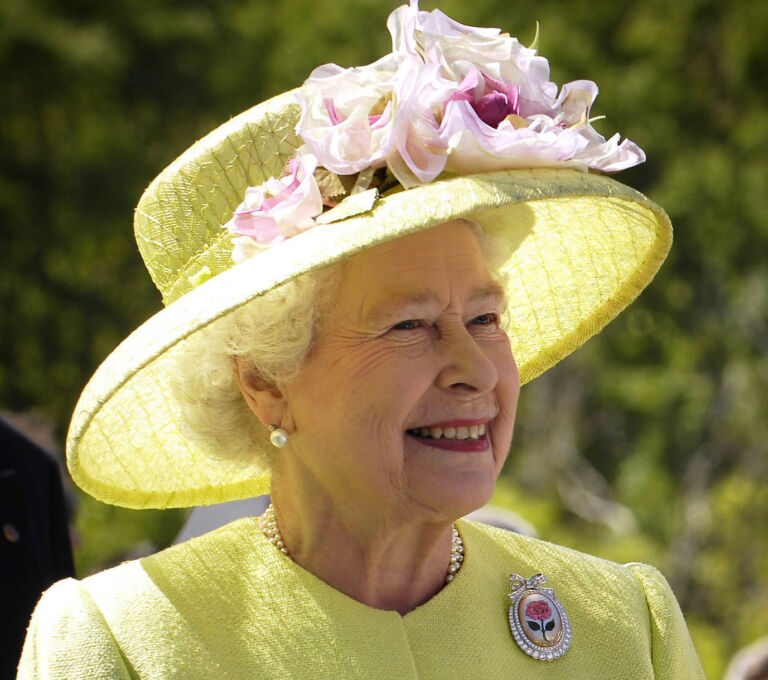Daniel Rothschild writes for Discourse about one of the best features of Britain’s longest-reigning monarch.
The unifying factor in the decline of many of our institutions is a confusion by participants, particularly in leadership roles, between the demands of a job and their personal preferences. Well-functioning institutions require a vision, a sense of purpose among participants and the faithful execution of the obligations of each role by its officeholder.
Few people played roles and did their jobs with more finesse or more dignity than Elizabeth II.
Her Majesty knew her job and she did it—every day, for 70 years, until the week of her death. She did her job without getting involved in politics, despite having been head of state for generation-defining international, political and economic crises. She did her job without getting the duties of Elizabeth Regina confused with the desires of Elizabeth Windsor. And she did her job even when it required siding against those she loved—from sister Margaret to grandson Harry. Indeed, when duties as head of The Firm and her emotions conflicted, she sided with the obligations of the institution, virtually every time.
The day-in, day-out work of the monarch may be conducted in gilded settings, but its substance is often rote and repetitive. …
… Anti-monarchists and rationalists point out that the monarchy as an institution is antiquated; they argue Britain and other countries where Elizabeth was head of state would be better served by adopting a republican form of government. And rationally, perhaps they have a point.
But politics, civic life and national pride aren’t all about rationality. Pageantry, myth and connections to the past matter deeply to people in an emotional way. For more than two generations, Elizabeth was the embodiment of all of these things. As Britain closed the door on empire, entered a period of post-industrialization, went back and forth in its relationship with Europe and underwent successive waves of political change, Elizabeth provided a point of continuity.


